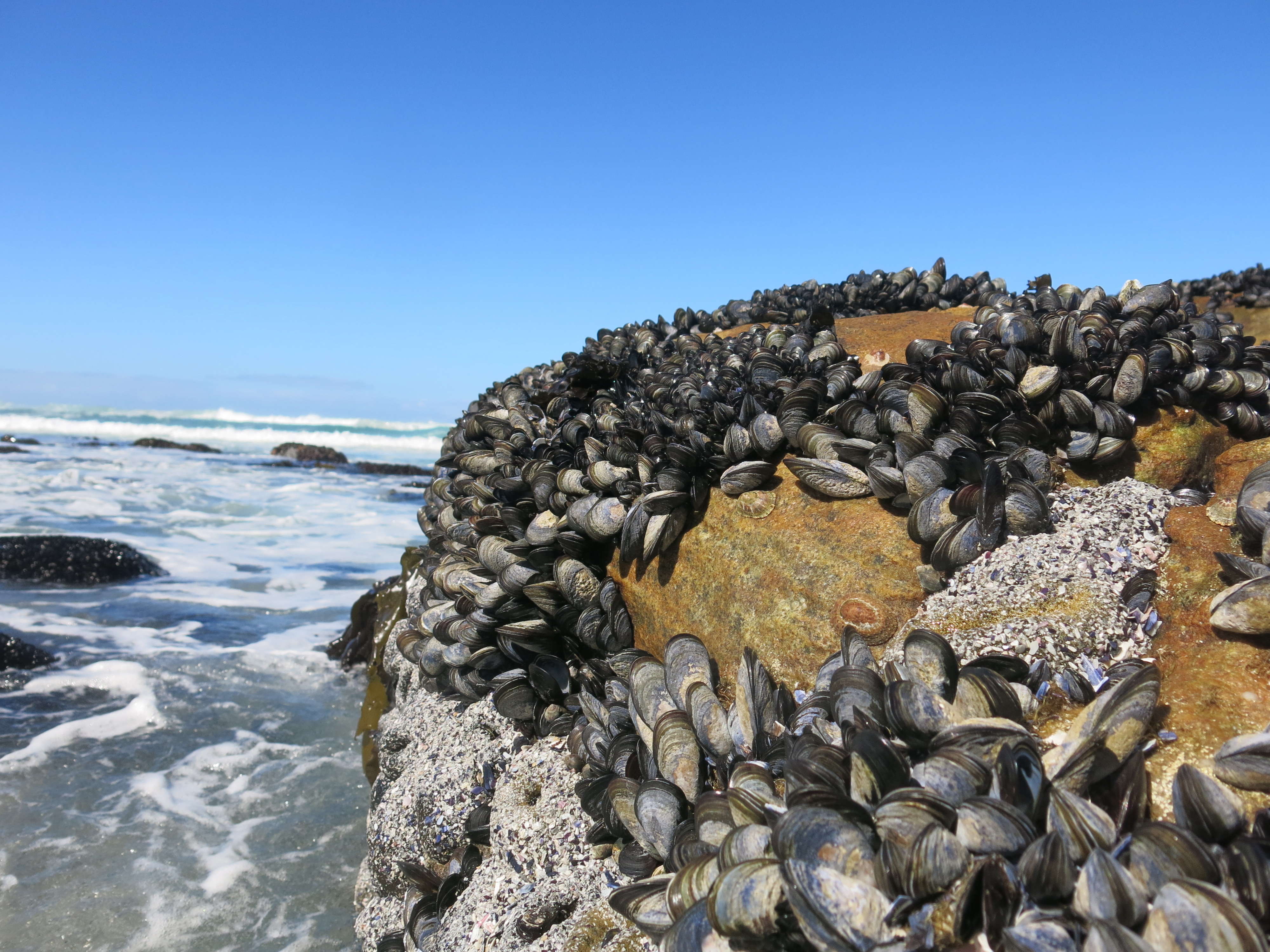Create a free profile to get unlimited access to exclusive videos, sweepstakes, and more!
Move over, Elmer. Real adhesive strength requires mussels

Read the small print on the packaging of just about any adhesive and it will tell you to make sure your surfaces are clean and dry. Adding water to the mix tends to make for poor bonding when using most common glues. It’s a significant problem for plumbers and dentists, who tend to work in perpetually wet environments in need of effective glues.
It’s the sort of problem which has spawned many a late-night infomercial. It’s also a problem nature has solved. Mussels, bivalve creatures who spend most or all of their lives in the water being buffeted by waves, produce some of the strongest biologically produced adhesives. You’ll find them mounted to rocks, the undersides of ships, and the backs of turtles; just about anywhere they can put down an anchor. And once they’re stuck, they’re really stuck.
Precisely how mussels produce the superest of super glues, particularly while underwater, has long been something of a mystery. Recent research published in the journal Science, may have uncovered at least part of the answer.
Previous research suggested an amino acid called DOPA (dihydroxyphenylalanine, a mouthful) was a crucial part of the adhesive process, and that’s likely true, but cannot account for the full strength of their glue.
Uncovering the mechanism mussels use to create super-sticky substances has historically been a challenge. The process happens inside the foot, beyond the reach of easy observation. It’s the bivalve equivalent of Coke’s secret recipe or KFC’s eleven herbs and spices. Highly effective but closely guarded.
If scientists had any hope of getting to the secret recipe, they had to get inside the factory, as it were. Specimens of the species Mytilus edulis were obtained from Prince Edward Island and kept in an aquarium prior to dissection.
The foot, where all the magic happens, was stained before being frozen and sliced into cross-sections 5 micrometers (5/1000ths of a millimeter) thick. This allowed researchers to get incredibly detailed images of the foot’s internal structures. The cross-sections were mounted on glass slides and observed via spectroscopy in order to identify specific elements present. They found something not typically expected outside of science fiction: metal.
Inside the mussel’s bodies are sacs called intracellular metal storage particles (MSPs) filled with metal ions like iron and vanadium. Despite the sound of its name, the latter of the two metals is not a cross between palladium and vibranium, but the way mussels use it makes the substance comic book worthy.
These metals occur naturally in seawater and are present in some animals as a toxin. Here, they are a necessary tool. On their way through the body, these metal ions mix with fluid proteins from other repositories inside interconnected channels. Once mixed, they cure in a similar way to a two-substance epoxy you might find at a hardware store.
The whole process takes only about two to three minutes from start to finish. By the time it exits the foot, you’re left with an incredibly strong adhesive capable of bonding the animal to any number of substances without regard to the water barrier or the physically active nature of their environment.
The reactions necessary for creating this biological adhesive require that everything happen in the right amounts and at the right times, with just the right ingredients. It’s worth noting that the mystery of how this happens isn’t wholly solved, but this research brings us a few steps closer.
In the future, engineers could craft a new class of adhesives by mimicking the processes forged in the fires of evolution. Some day soon, you might patch a burst pipe or get a dental crown that will never come loose, all because of a biomaterial derived from the same process which let’s mussels face crashing waves head on.
Just be careful not to get your fingers stuck together. After all, running them under water won’t help.


























